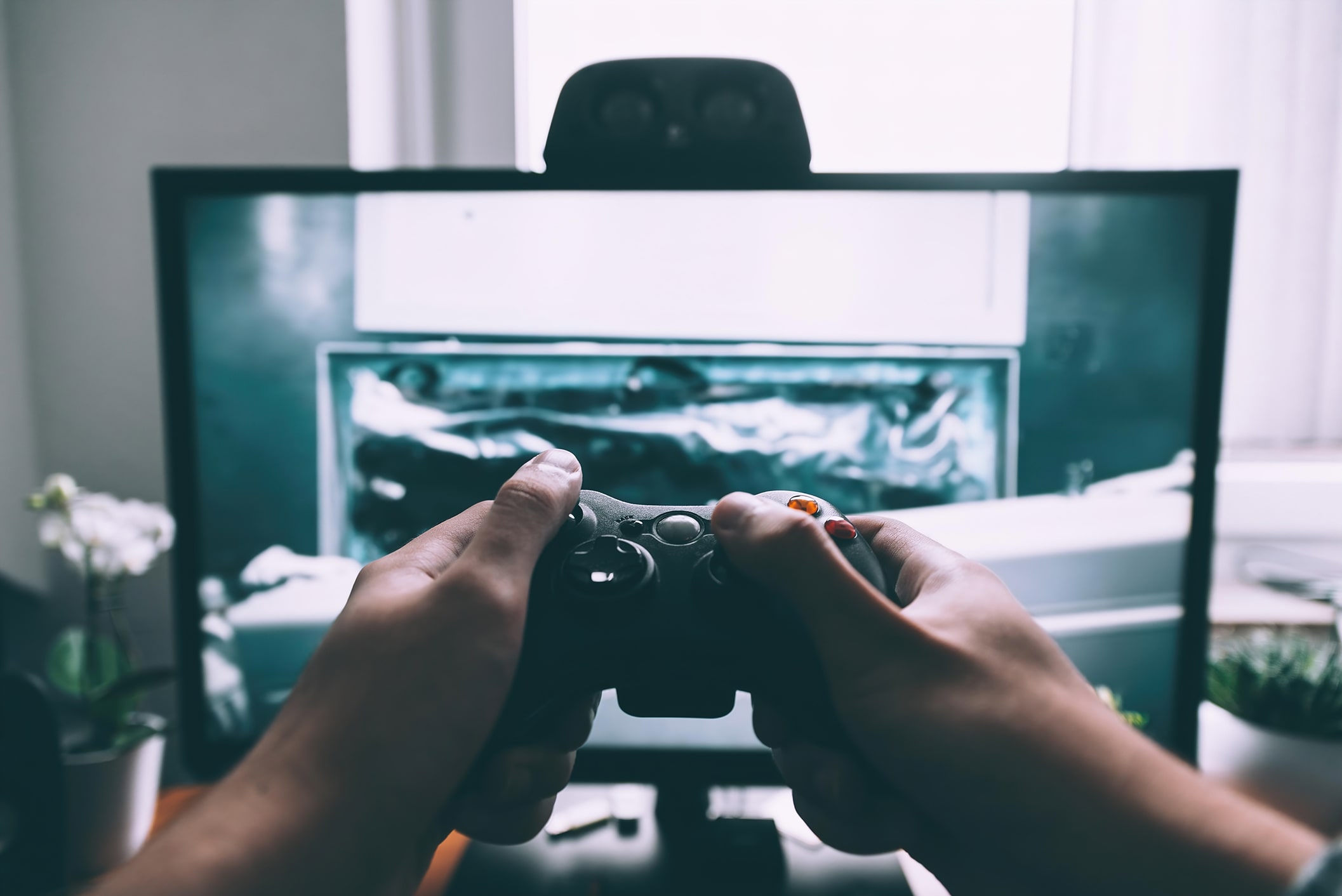
What is gamification or game-based learning?
Game-based learning is the gamification of traditional learning. Gamification is the application of gaming elements (think points, leaderboards, progress bars, quests, etc.) to normally non-game learning activities.
Why do gamification?
While gamification is a recent term, the concept has been around for longer. Educators are always on the lookout to keep students engaged — and this is where game-based learning takes the stage.
Gamification incentivizes learning, with the belief that it increases the learner’s engagement, motivation, and in turn, increases accuracy. This research article talks about this more fully. It can also involve social aspects, like friendly competition and collaboration, which aids in forming positive relationships between learners. It can also foster ownership for learning, as the intrinsic motivation and desire to rack up points incentivizes learners to be more conscientious in finishing their lessons.
The specific effect on each learner depends on their personality. Introverts tend to have a higher number of points, medals, and learning sessions. However, it can also change learner behavior. It can help increase the quality of submissions, increase accuracy, and decrease unwanted behaviors.
How it’s done
By now, you may be wondering: how do you even start with game-based learning? It’s not as hard as you think.
By simply applying some gaming elements, one can make the lessons gamified. More specific examples include:
- Making interactive lessons, using narratives and stories to engage
- Add a social aspect to it, with leaderboards and/or group discussions
- Use progress indicators, such as point systems and ladderized lessons depending on progress
- Implement reward systems, based on the number of points that they have
- Allow the learner to take control of their lessons, as if they were the first-person inside a game. This can be done by personalizing the learning experience, like how Prepscholar GRE does it.
Remember to consider the learner’s uniqueness. The most effective game-based learning systems are those that combine multiple strategies to engage all types of learners. The sky’s the limit!
A few examples of game-based learning in action
Now that you know the basics, here are some examples of tools and resources that make use of game-based learning.
Note: none of these are sponsored mentions, they are just examples we’ve seen.
Kahoot
Kahoot is a game-based learning platform that uses points and other gamification elements to make learning more fun and engaging.
Mentimeter
Mentimeter is an app/web-based software that puts a twist to the traditional slide presentations by adding interactive elements, like the ability to vote, and being able to see the results in real time.
Minecraft education
Minecraft is a popular game, which involves playing with blocks. Think Lego, but digital. With its worldwide popularity, there is now a Minecraft: Education Edition which some educators are using to teach on a variety of topics.
Game Builder Garage
Made by Nintendo, it’s a beginner-friendly way to know about programming, and make games while you’re at it. We talk all about it in this article.
Game-based learning may be relatively new, but the search for making learning more enjoyable, engaging, and encouraging has always been there. By using some elements of gaming and incorporating them into educational lessons, it can increase the fun-factor and make learners actually want more. Sounds like a win-win situation to us!


